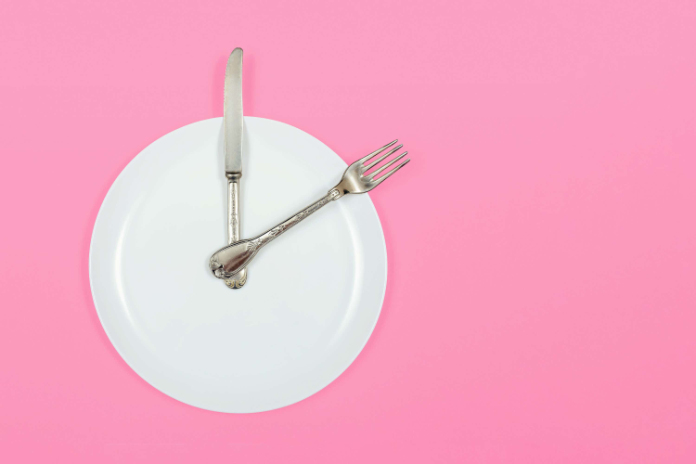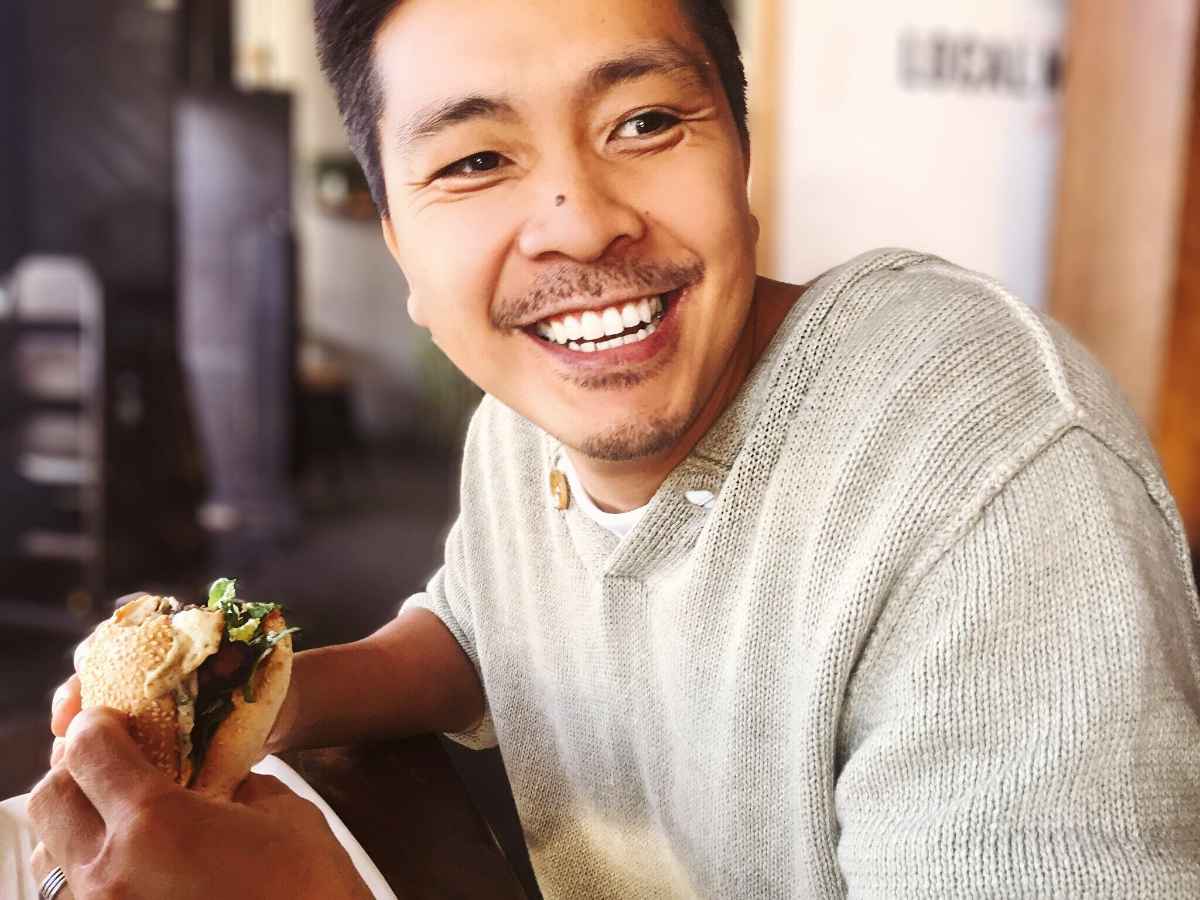‘Intuitive eating’ is one of the buzziest things in wellness right now, lauded as the antidote to diet culture and the answer to finding equilibrium within the body.
These are laudable goals – but what does intuitive eating actually mean day-to-day?
For chief of psychology at Noom, Dr Andreas Michaelides, the key to eating intuitively is to stop thinking of food in black and white terms – as something that’s intrinsically ‘good’ or ‘bad’. Instead, he’s keen for us to look “at food as what it is: it’s food, something that nourishes your body, gives you strength and, in and of itself, is not a bad thing – unless it’s a food that will cause you actual harm,” he says.
It sounds simple, but is actually quite revolutionary. If you’re looking for a healthier relationship with food, it might be worth adopting a more intuitive approach…
Intuitive eating is far-reaching
Tackle emotional eating by knowing when your body is truly hungry as opposed to emotionally hungry. Hunger vs. craving.
— Felice Appell (@feliceappell) January 10, 2011
“Intuitive eating is more of a broad umbrella term that includes concepts of mindfulness – being really present and approaching whatever you do in a non-judgmental way,” explains Michaelides. This is a part of intuitive eating you might be familiar with – actually asking yourself if you’re hungry, and focusing on every mouthful.
“Intuitive eating also expands above and beyond just the act of eating itself,” says Michaelides. So as well as being mindful of every bite, it also involves “understanding what hunger is – hunger versus craving”.
“These are two really distinct concepts that I think are lost on many people,” he adds. Hunger is a “biological mechanism that signals the brain that our body needs more energy”, whereas cravings can be both physiological and psychological. “Psychological factors, (ie emotions), play a large role in cravings,” he says. “For example, when you are stressed, your body can crave carbohydrates, which boost serotonin levels and create a calming effect. While you are not physically hungry, your body is producing a craving to satisfy this emotional need.”
Ultimately, for Michaelides intuitive eating is “a more holistic way of being more in tune with your body, the food that you eat [and] your environment”.
Noticing when we are out of sync with our bodies

If you feel disconnected from your body, you’re not alone. “I think it’s a systemic problem,” suggests Michaelides. “Our minds are not wired for that in the modern society we live in.
“[Historically] food was not a resource that was at everyone’s disposal all the time – so we are wired to want to eat as much as possible when we see food, because this is such a new concept in our evolutionary history.”
It isn’t the only factor preventing us from having a balanced approach to food. Michaelides says: “If it’s lunchtime, you’re probably going to eat because the clock tells you to eat. Other kinds of things that are really common are external cues such as, ‘Is my plate empty? If my plate is empty, then I will stop eating’ – which is very different to, ‘I’m feeling full, I will stop eating’.”
Michaelides also notes that food is often now “engineered to be a lot more addictive and a lot more rewarding for people” making it an attractive option when looking for ways to deal with emotional pain. “That’s just being human,” he says. “Humans seek to decrease pain and increase pleasure – that’s just how we’re wired. So a lot of the time we’re fighting against our own biology and the society we live in.”
Is it possible to become more intuitive?
In short: yes, if you work to retrain your brain. “My advice is to start really small,” says Michaelides – and the first step is to educate yourself about everything intuitive eating entails.
“For example, somebody could go on an experimental journey to try and decouple hunger versus craving,” he explains. “That in itself is a very difficult thing to do, but can be done with genuine curiosity and a little bit of experimenting.”
Different methods will work for different people, but you could try food logging: “A mindful way to bring awareness to your choices and eating habits [that] allows you to identify opportunities for change. In addition to logging your food choices, you should also note what happened leading up to the meal, how did eating feel in the moment, and looking back at your food choices, how do you feel now?”
It’s all about taking the ‘good’ and ‘bad’ out of food
Even if you don’t want to go all-in on intuitive eating, it’s worth re-evaluating how we think about food. Instead of creating “unhelpful rules about good and bad kinds of food – which is not sustainable – approach everything as being what it is, non-judgmentally”, says Michaelides.
“If there’s a food that is bringing you further away from your goals, then that might be something you want to have less of. If there’s a food that gives you more energy, more power – that might be a food you want to have more of. Extinguishing that black and white thinking is a very powerful tool.”
Best-selling intuitive eating books
Need more inspiration? Check out our list of best-selling Amazon products!
No products found.
You may be interested in…
This article may include affiliate links to products and services where we may receive a small fee to support the running of this site if you make a purchase or is a sponsored article from one of our select editorial partners providing valuable advice and information to our readers.







































































